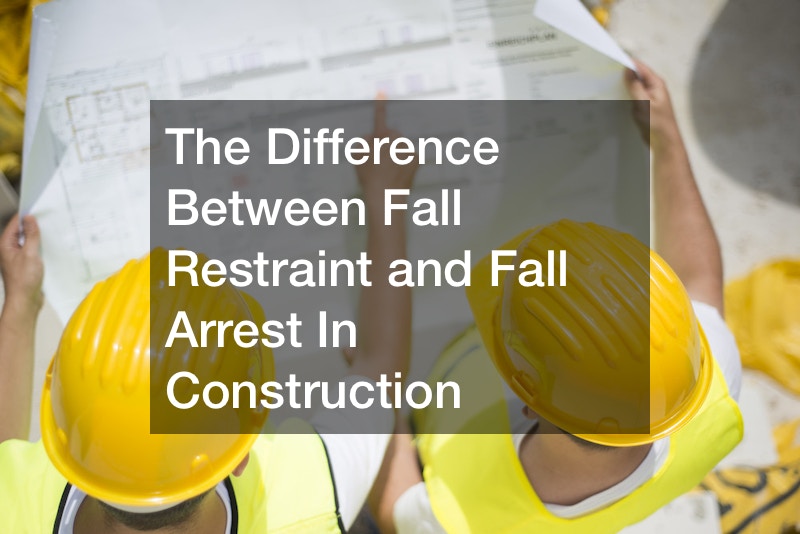The world of construction often grapples with the nuances between fall restraint and fall arrest, two critical aspects of ensuring workplace safety. Fall protection equipment plays a pivotal role in both scenarios, yet the distinction lies in their operational mechanisms.
In fall restraint, workers are likened to being on a leash, tethered by a fixed-length connector to an anchor point. This prevents access to hazardous areas near edges, ensuring that even when extended to its maximum length, the worker cannot reach the potential fall hazard.
The beauty of fall restraint lies in its simplicity; anchor points don’t need to be as robust, training is more straightforward, and rescues are simplified. If a worker falls, they can usually stand back up, as the system is designed to catch and protect before a fall occurs.
On the contrary, fall arrest systems come into play only after a fall, activating to stop the descent before the worker hits a lower level or the ground. Compliance with standards, such as OSHA’s requirement for 1800-pound strength anchors, becomes crucial. The complexity increases with fall arrest, necessitating higher levels of training and considerations for rescue operations post-fall.
Understanding these differences is paramount for construction professionals. While fall protection equipment is a shared element, the choice between fall restraint and fall arrest hinges on factors like ease of use, training requirements, and the overall safety hierarchy within the construction environment.
.

